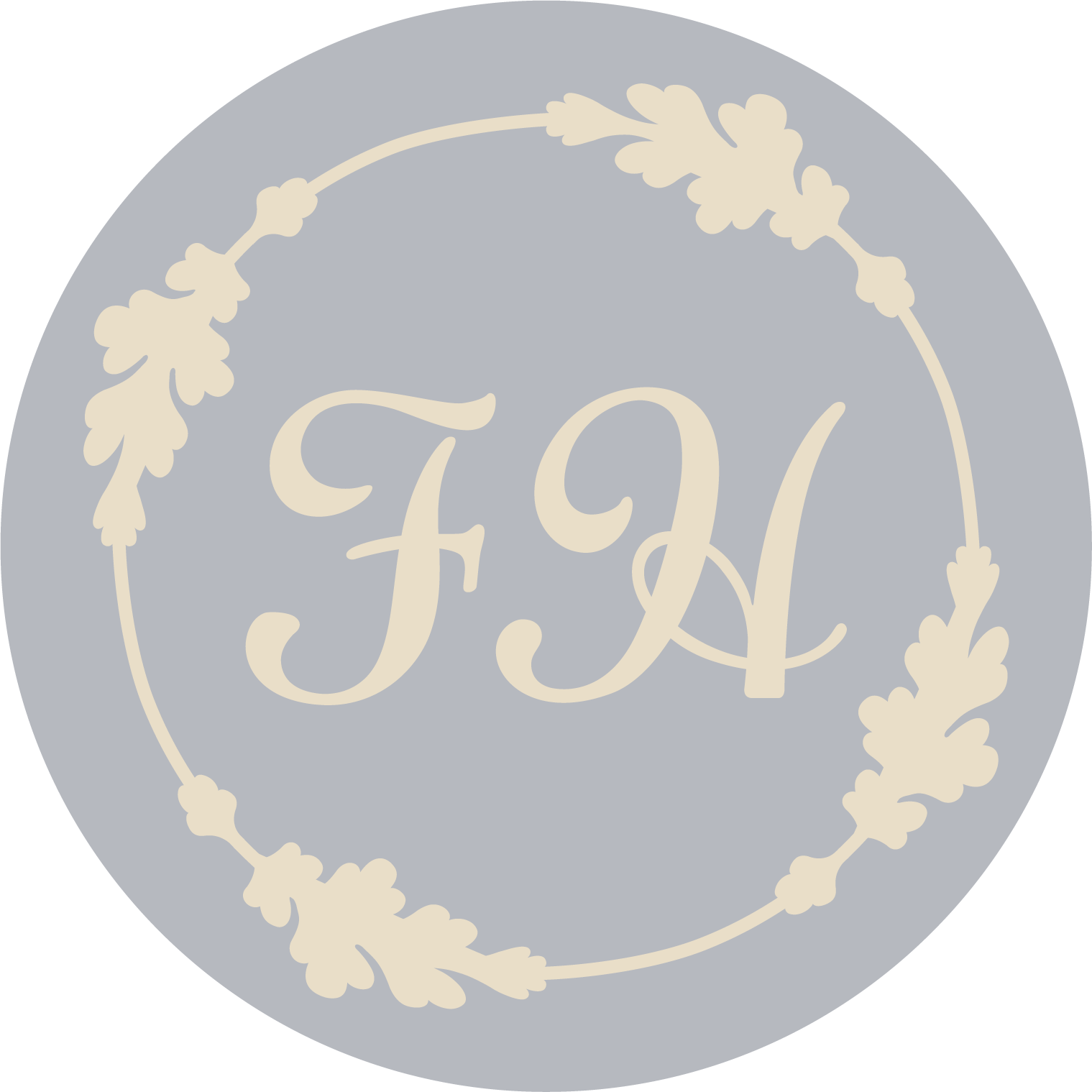Antique and Vintage Interior Lighting
Old light fixtures are one of the best ways to enhance the interior character of the old house. The right old light fixture in the right space is inspirational. It’s important to get it right and easy to get it wrong. When I started my first house restoration in 1988, I was mystified as what to select and how to rewire it.
Often, original light fixtures of a home have been removed, as light fixtures are easily purchased and installed by a handy homeowner. I am fortunate to have twenty matching original wall sconces and two original chandeliers at the Forsstrom House! The remainder of the lights were an odd ball group that did not match the age and style of the house and needed replacement! As a collector of antique lighting, I quickly started installing restored period lighting from my collection. I compiled a want list and shopped for old light fixtures. I let my old house friends know my want list details and unused fixtures from friend’s stashes were soon donated to the house.
I found light fixtures that were perfection in style and age, but were broken or were unsafe. My husband and I rewire and restore simple fixtures. We keep a stash of lighting parts! I often use a restoration professional. Safety is a concern and it is a good investment to pay for a professional if you lack the skills.
When choosing lighting, decide what your lighting needs to accomplish. Are you looking for ambient or task lighting? How much light to you need? Antique lighting is typically more suited to ambient or mood lighting. An antique ceiling fixture may not give enough light and may be supplemented by a table lamp, floor lamp or other task lighting.
For best period results, vintage and antique light fixtures should be era and age appropriate. They should align with the fanciness of the house. Higher end houses need more elaborate and higher quality fixtures. Of course, you can upgrade fixtures for a little extra elegance. Select design motifs found in other places in the home. Look for materials and finishes consistent with original fixtures. Glass light shades can be swapped for more appropriate choices.
Common lighting styles are Victorian, Classic Revival, Colonial Revival, Craftsman, Romantic Revivals, Art Deco, Mid Century Modern and Hollywood Regency. Future columns will feature more information on these important styles.
Two case studies on creative use of vintage light fixtures.
The Forsstrom House 1915 grand staircase was lit by a single wall sconce and was inadequate. We needed a columnar ceiling chandelier in this tall and narrow space for more light. I located a battered 1960’s Hollywood Regency six light chandelier for $20. It had been stored in a barn for decades! I ordered replacement parts, found the project was above my skill set and gave it to my lighting restoration professional. He rewired, repaired it and painted it an antique gold. I applied black glaze and installed black candle covers on it for a finishing touch. My electrician and husband wired it via the attic, installed a push button dimmer switch and ceiling medallion. It is pure joy to light the staircase with dim or strong light. The light fixture is very glam for the space, especially with the 24 inch ceiling medallion. The selection breaks my general guidelines for matching age and era. The antique gold paint with black glaze successfully tones down the usual Hollywood Regency gaudy gold paint. The black candle covers help age the fixture. The shape of the candle holders mimics the candle wall sconces to echo design motifs in the house. It is the perfect size and shape for this odd size space. If the next owner dislikes this fixture, they can replace it.
My neighbor, Kasey White, is an artist. We frequently get together and talk old house topics. I gave her a 1920’s two light ceiling pan fixture. The body of the fixture was of a stamped tin colored metal, so stripping the paint to reveal brass was not an option. She painted it in polychrome for her 1893 Victorian house and purchased replacement ceramic bulb sockets at City Lumber. The polychrome paint helps the fixture become more Victorian in theme. It is a nice example of artistry, thrift and reuse.
